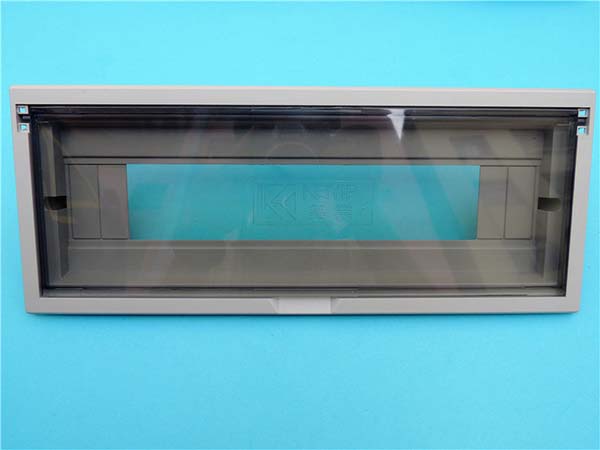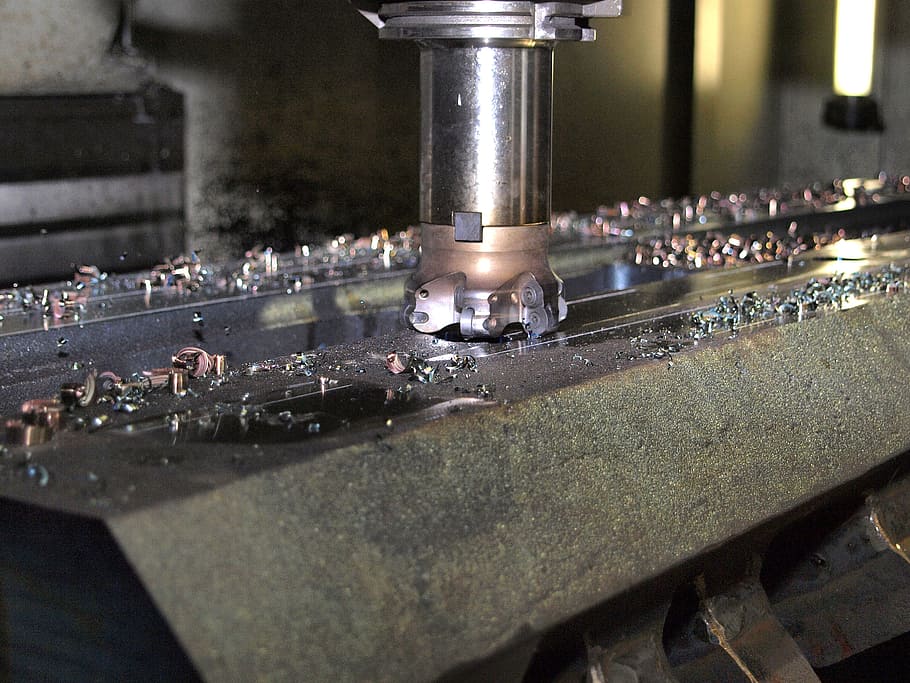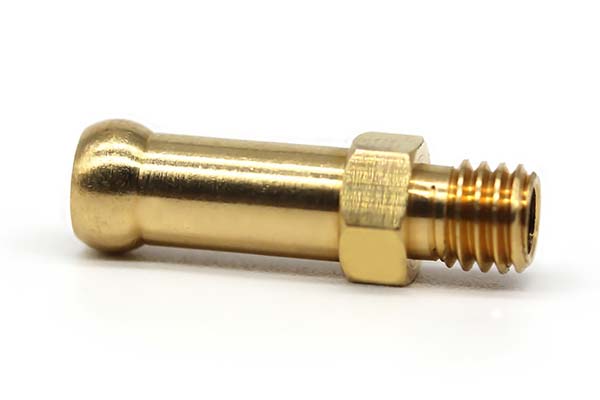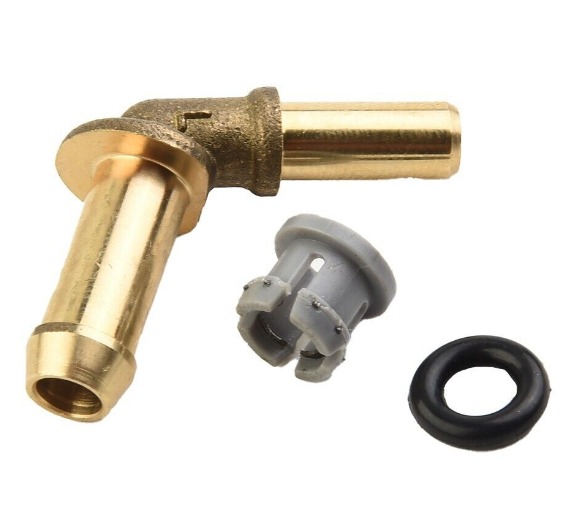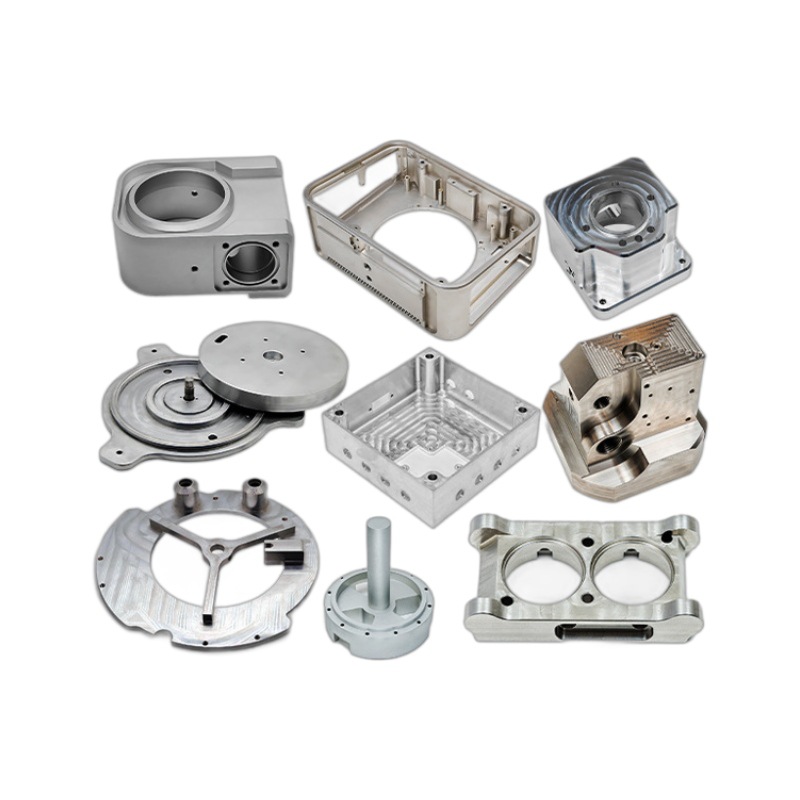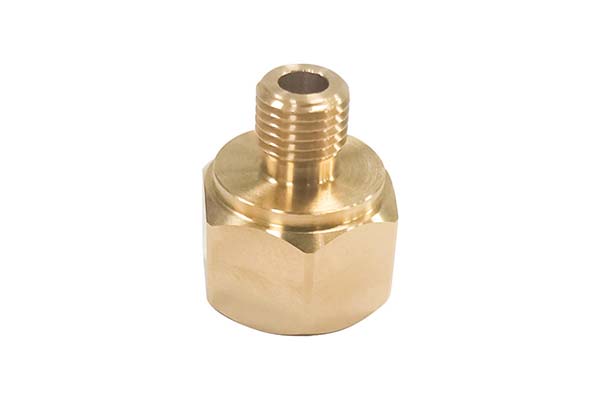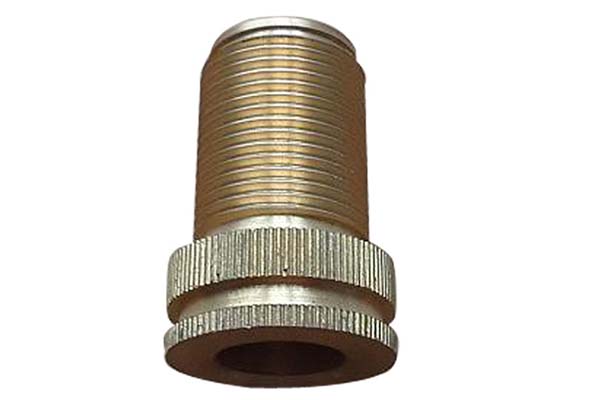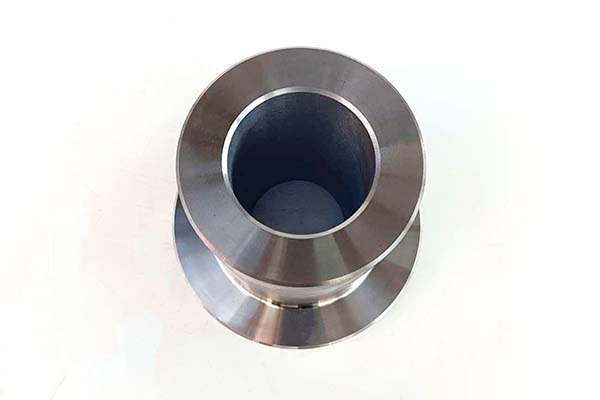CNC machining of Nylon 30%GF (30% glass fiber reinforced nylon) presents unique challenges that set it apart from machining unfilled nylons. The glass fibers significantly increase the material’s abrasiveness, leading to rapid tool wear if not addressed with proper tooling. Additionally, the fibers can cause surface defects like fiber pull-out, and the material’s reduced impact resistance requires careful handling to avoid cracking during machining. This guide addresses these pain points, offering expert strategies to master Nylon 30%GF machining.
Material Characteristics of Nylon 30%GF
Nylon 30%GF, a glass fiber reinforced polyamide, combines the benefits of nylon with the strength of glass fibers, resulting in a high-performance material. Its mechanical properties are impressive: a tensile strength of 120-140 MPa, more than double that of unfilled nylon, and a flexural modulus of 5000-6000 MPa, making it rigid enough for structural components.
While its impact resistance (10-15 kJ/m²) is lower than unfilled nylon, it remains sufficient for many applications where rigidity is prioritized over flexibility. Thermal properties are enhanced, with a continuous use temperature of 120-140°C and a higher melting point (250-260°C) than unfilled nylon, suitable for high-temperature environments.
Moisture absorption is significantly reduced to 0.5-1%, compared to 2-3% for unfilled nylon, leading to superior dimensional stability—a key advantage for precision parts. Chemical resistance is similar to unfilled nylon, withstanding oils, greases, and alkalis but not strong acids.
Abrasion resistance is excellent due to the glass fibers, though this same property makes machining more challenging. Electrical insulation is good, though slightly reduced compared to unfilled nylon due to the conductive nature of glass fibers.
| Property | Nylon 30%GF | Unfilled Nylon PA6 | Nylon MC901 |
| Tensile Strength | 120-140 MPa | 45-60 MPa | 70-80 MPa |
| Impact Resistance | 10-15 kJ/m² | 30-40 kJ/m² | 50-60 kJ/m² |
| Moisture Absorption | 0.5-1% | 2-3% | 2.5-3.5% |
| Flexural Modulus | 5000-6000 MPa | 2800-3200 MPa | 3000-3500 MPa |
CNC Machining Processes for Nylon 30%GF
CNC machining of Nylon 30%GF requires processes tailored to its reinforced nature:
- Milling: Used for creating complex shapes, with CNC mill spindles operating at 20-25 kW to handle the material’s increased rigidity. 3-axis mills suffice for most parts, while 5-axis mills are used for intricate geometries where precision is critical.
- Turning: Performed on a CNC lathe with a focus on reducing tool contact time to minimize wear. Lower spindle speeds than unfilled nylon help balance material removal and tool life.
- Drilling: Benefits from sharp, carbide-tipped drills with polished flutes to handle the abrasive glass fibers, reducing the risk of fiber pull-out and tool clogging.
- Cutting: Shearing with CNC routers is possible but requires slower feed rates than unfilled nylon to avoid excessive tool wear.
Machining centers with high-torque spindles and rigid structures are ideal for Nylon 30%GF, as vibration can exacerbate tool wear and surface defects. CNC programming with CAM software (e.g., Mastercam, SolidWorks CAM) should prioritize a machining sequence that starts with roughing to remove bulk material, followed by semi-finishing and finishing passes to minimize tool wear during critical final cuts. Proper part setup with fixtures that provide rigid clamping is crucial, as the material’s brittleness can lead to cracking under uneven pressure. Workholding solutions with multiple contact points distribute pressure evenly, preventing deformation.
Tool Selection and Optimization
Choosing the right tools is critical for efficient Nylon 30%GF machining, given its high abrasiveness:
- Carbide tools are essential, with grade K10 or K20 carbide offering the best wear resistance. Tool life is significantly shorter than with unfilled nylon—typically 50-70% less—so regular tool inspection and replacement are necessary.
- High-speed steel (HSS) tools are not recommended for high-volume production, as they wear rapidly, though they can be used for small, low-precision parts in low volumes.
- End mills with 2-4 flutes: 2-flute designs for better chip evacuation (critical for removing glass fiber chips), 4-flute for finer surface finishes. A helix angle of 40-45° improves cutting efficiency and reduces tool wear.
- Drills with a 135° split point angle and carbide tips reduce thrust force, minimizing fiber pull-out and heat generation.
- Reamers with carbide tips and a straight flute design ensure tight tolerances (±0.005 mm) while withstanding the abrasive fibers.
Tool geometry with a sharp cutting edge (radius <0.01 mm) minimizes fiber pull-out and reduces cutting forces. Tool coatings like TiAlN (titanium aluminum nitride) or diamond-like carbon (DLC) extend tool life by 30-50% compared to uncoated carbide, as they reduce friction and abrasion. Tool deflection is less common than with unfilled nylon due to the material’s rigidity, but using short, thick tools (length-to-diameter ratio <3:1) further reduces this risk.
Machining Parameters and Techniques
Optimizing machining parameters is key to balancing material removal, tool life, and surface quality in Nylon 30%GF machining:
- Cutting speed: 100-150 m/min for milling, 80-120 m/min for turning—lower than unfilled nylon to reduce tool wear, as higher speeds increase friction with the abrasive fibers.
- Feed rate: 0.1-0.15 mm/tooth for milling, 0.08-0.12 mm/rev for turning. Higher feeds can cause fiber pull-out and increase tool wear, while lower feeds reduce efficiency without significant benefits.
- Depth of cut: 1-2 mm for roughing, 0.1-0.3 mm for finishing—shallower than unfilled nylon to minimize cutting forces and tool wear.
- Spindle speed: 1500-3000 RPM for milling, 1000-2000 RPM for turning, adjusted based on tool diameter to balance material removal and tool life.
Toolpath strategies like climb milling reduce tool wear by 20-30% compared to conventional milling, as it minimizes rubbing against the abrasive fibers. Maintaining a chip load of 0.01-0.02 mm/tooth ensures efficient chip evacuation, preventing chip buildup that can cause heat and tool damage. Coolant use with a water-soluble coolant (8-10% concentration) is critical, as it dissipates heat and flushes away abrasive chips, extending tool life and improving surface finish. Lubrication is not typically needed beyond coolant, as the glass fibers act as a mild abrasive, reducing the need for additional lubrication.
Surface Finish and Post-Machining Treatments
Nylon 30%GF’s surface finish is typically Ra 1.0-1.6 μm with standard parameters, slightly rougher than unfilled nylon due to the glass fibers. Achieving a smoother finish (Ra 0.6-0.8 μm) requires:
- Sharp carbide tools with DLC coatings to minimize fiber pull-out.
- Reduced feed rates (0.08-0.1 mm/tooth) during finishing passes.
- Toolpath optimization with consistent cutting speeds and minimal tool retractions to avoid surface defects.
Post-machining treatments for Nylon 30%GF include:
- Deburring with abrasive brushes or ultrasonic cleaning to remove sharp edges and loose glass fibers, critical for safety and assembly.
- Grinding is rarely needed but can be used to achieve ultra-smooth surfaces on flat or cylindrical parts, though it may expose glass fibers.
- Annealing at 100-120°C for 1-2 hours relieves internal stresses, reducing post-machining warping—especially important for large parts.
- Painting or coating requires surface preparation, as the glass fibers can create a porous surface. Light sanding followed by a primer improves adhesion.
Dimensional accuracy of ±0.008 mm is achievable with proper setup, and due to its low moisture absorption, post-machining dimensional changes are minimal. Inspection with micrometers or CMMs confirms dimensions before final assembly.
Applications of CNC Machined Nylon 30%GF Parts
CNC machined Nylon 30%GF parts are widely used in applications requiring strength, rigidity, and dimensional stability:
- Automotive parts: Engine brackets, intake manifolds, and suspension components leverage its high strength and heat resistance.
- Aerospace components: Structural brackets and interior parts benefit from its high strength-to-weight ratio.
- Mechanical components: Gears, pulleys, and bearing housings withstand heavy loads and high temperatures.
- Electrical insulators: Terminal blocks and motor components use its electrical insulation properties in high-temperature environments.
- Industrial machinery: Conveyor components, pump parts, and valve bodies resist wear and maintain dimensions in harsh conditions.
- Robotics: Structural frames and linkage components leverage its rigidity and low moisture absorption for precise movement.
Yigu Technology's Perspective
Yigu Technology specializes in CNC machining Nylon 30%GF, with expertise in managing its high abrasiveness and unique properties. We use carbide tools with TiAlN or DLC coatings to extend tool life and minimize surface defects. Our CAM-optimized toolpaths prioritize efficient chip evacuation and reduced tool contact time, balancing material removal and tool wear. We also implement strict process controls to maintain dimensional accuracy, leveraging the material’s low moisture absorption for consistent results. Whether producing automotive brackets or industrial gears, we tailor our approach to maximize Nylon 30%GF’s strengths, delivering high-performance parts that meet the most demanding specifications.
FAQ
- How does machining Nylon 30%GF differ from unfilled nylon?
Nylon 30%GF requires harder, more wear-resistant tools (carbide with coatings) due to its glass fibers. It also needs lower cutting speeds and feeds to reduce tool wear, and its lower impact resistance requires careful fixturing to avoid cracking.
- Why is tool life shorter when machining Nylon 30%GF?
The glass fibers in Nylon 30%GF are highly abrasive, causing rapid wear on cutting tools. This abrasiveness, combined with the material’s increased rigidity, leads to higher cutting forces and shorter tool life compared to unfilled nylon.
- How to prevent surface defects like fiber pull-out in Nylon 30%GF?
Fiber pull-out is prevented by using sharp carbide tools with DLC coatings, optimizing feed rates to ensure clean cuts, and maintaining proper coolant flow to flush away chips and reduce heat-induced fiber loosening.
